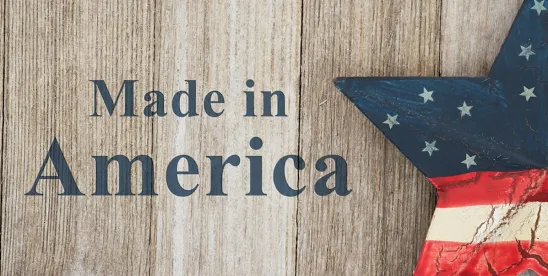When it comes to false “Made in USA” claims, the FTC continues to ramp-up investigations and enforcement.
The FTC states that misrepresentations about a product’s origin is injurious to consumers, honest businesses and American workers. That is why FTC attorneys continue to investigate and sue manufacturers and marketers that fail to adhere to applicable legal regulations, such as the Made in USA Labeling Rule, assessing civil monetary penalties where appropriate, and returning money to consumers.
The FTC provides guidance and case documents at www.ftc.gov/musa.
In July 2024, FTC lawyers released a refreshed version of the agency’s Complying with the Made in USA Standard guidance document. It contains updated information about how the FTC believes that consumers understand Made in USA claims, how the Federal Trade Commission evaluates advertisements, and how the laws and rules the agency enforces interact with those enforced by other agencies.
Here are some key takeaways:
- Consumer expectations control. The FTC’s job is to make sure marketers’ claims match consumer expectations. According to the FTC, when consumers see Made in USA claims they expect advertised products to be “all, or virtually all,” made in the United States. All the way back to raw materials. If that is not true, or there exists uncertainty, manufacturers and marketers should make a different claim that is capable of being lawfully substantiated. Caveat. Just because parts are purcahsed from U.S. suppliers does not necessarily mean those parts are made in the USA.
- Violations could be very costly. Companies that falsely label their products as Made in USA may have to pay hefty monetary civil penalties or other monetary relief.
- Imported products Have different rules. If a product is imported, look to U.S. Customs and Border Protection for information on how to label it, and make sure advertisements are consistent with labels.




 />i
/>i

